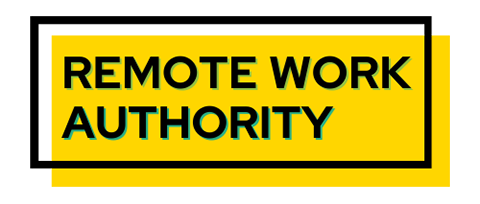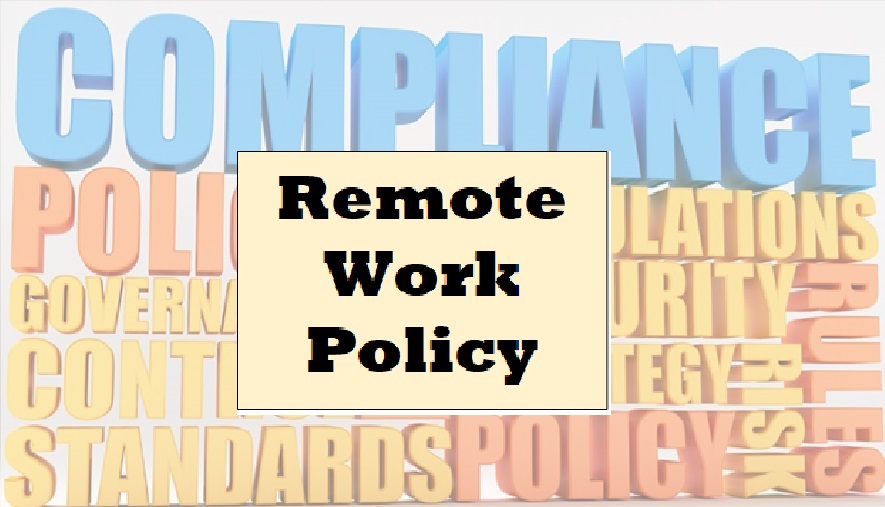Employers are major beneficiaries of the benefits of remote work, and those who are willing to realize this will plan for the future of remote work at their companies. By encouraging intentional flexibility and properly redefining productivity, they can develop mutually beneficial remote work policies.
Barrels of liquid and digital ink have chronicled the rise of remote work from the perspective of workers and employers. COVID shutdowns required to lessen a public health crisis led many to reassess their relationship with their jobs.
Recent press about return-to-office (RTO) mandates makes it seem like the growing interest in maintaining remote work after COVID-19 has been spearheaded by workers and opposed by employers. Recent pronouncements by CEOs of Amazon and other companies that workers must return to the office seem to validate this position. However, many employers found that they benefited greatly from having largely remote teams. Smart corporate management will think seriously about how best to reap the benefits for their companies and develop a plan appropriate to their organization.
How Employers Benefit From Remote Work
Employers support remote work for at least two reasons.
Cost
Running a business requires owning or leasing workspaces, paying rent and taxes on these facilities, and expending money each month on utilities, insurance, and security. Many of these costs go down when fewer people are in the office.
Companies may find themselves with too much space if employees work remotely all or part of the week. Even if they cannot economically reduce the space between leases, they may be able to sublet part of their space to help defray costs.

Broader Talent Pool
Many companies typically hire from the local area. Remote work allows them to access a greater talent pool. This may be a distinct advantage when filling professional or technical jobs, but can even be helpful for lower-level jobs when local candidates are scarce.
One company quoted in Forbes noted that the usual three-month search for engineers could be completed in 8 days. Achieving workplace diversity is easier when geography is no barrier.

More Satisfied Workforce
Survey after survey reveals that employees are happier when they have flexibility with hours and the ability to work out of the office at least some days a week. Satisfied employees communicate and collaborate to make the operation run smoother. To quote John C, Maxwell, “Teamwork makes the dream work.”
Necessary Attitude Changes About Work
Before the pandemic, most people accepted that many aspects of work, such as location and hours, were set in stone by their employers. Bosses often equated reporting for work and micromanaging workers as the path to productivity.
The remote work revolution set off by the pandemic often made both workers and their employers question whether being in the office five days a week was the only way to work productively.
Recently, former Mayor Michael Bloomberg explained rising daytime golf play as workers’ slacking off. Critics of his comments note that workers might take advantage of indications all day to play golf and then work late or make up the time on other days.
Successful remote work plans require mutual trust. Work still needs to be done. Bosses still need to be sure that remote work does not equate to “when the cat’s away, the mice will play.”
As anyone who has ever worked with others can attest, some workers take advantage of a lack of supervision. They may play “too much” golf and not make up the time, just as some employees in the traditional office develop elaborate schemes to waste time without getting caught. Employees who don’t work might not be a good fit for a remote working option or should be disciplined or perhaps even terminated.
Redefining Productivity
Any business making a strategic plan for remote work must first determine how to measure productivity. Just being in the office and even working overtime does not ensure productivity. What does? Setting clear expectations for the quantity and quality of work you desire that contains some measurable elements is essential.
Time management is not an innate skill. Good managers help remote workers develop to-do lists, set priorities, and direct them toward tools to help them work efficiently. Remote workers need access to other systems that the in-office staff has, such as Zoom and Slack, as well as programs like Trello that show progress and encourage countability. With the rise of AI, even AI-based tools can help remote workers at all levels.

Flexibility With Intentionality
Achieving work/life balance is the mantra many employees are chanting to procure a flexible work schedule. Working at home some days might allow them to hit the grocery store when it wasn’t busy, pick up their kids, go to a doctor’s appointment, or get their hair done during normal work hours.
Employers are wise to realize that giving people this type of autonomy over their lives will make them happier, even as they scurry to get work done in non-conventional hours.
Studies by McKinsey and others have shown that not all jobs are suitable for remote work. Even jobs that can easily be done remotely may have tasks requiring collaboration, equipment, or some other asset available in the office.
Companies have the burden of assessing what jobs and parts of jobs are good candidates for remote work. They can then develop a policy that incorporates intentionality and flexibility. As mutual trust develops, employers should consider individual needs, while employees recognize that being there at a particular time is necessary. Even when the company needs all hands on deck to complete a project, giving workers still have some control over when they come to the office humanizes work.
Companies may give employees some latitude to negotiate responsibilities to ensure that nothing falls through the cracks. After hearing the components of the task, workers indicate what part they will be responsible for. The result is that every team member knows the overview of the project and their role in it, so they feel engaged and motivated.
Five Steps To Successful Remote Work Policies
A workable remote work plan is one that is carefully planned with the needs of the company and workers in mind. The two sets of needs do not have to be in conflict.
1. Determine which jobs can be done remotely.
Jobs that can be done independently, rely on the computer, and need a minimum of face-to-face type are great candidates.
2. Develop a remote work policy.
During the pandemic, people were sent off to do remote work with little preparation from the company. In planning for a routine system of remote work, the company should clearly define expectations, duties, and parameters.

3. Test the policy for a trial period.
Even a system that looks great on paper may need some tweaking. After setting up a system, try it out to determine that it meets the needs of employers, workers, and customers. Make changes as needed and reassess.
4. Set up a system for tracking progress, completion, and productivity.
Using a shared Google Doc or Trello board can keep everyone in the loop.
Companies need to find productivity measures that are reasonable for the industry. Creative jobs usually cannot be measured by pieces per hour,
5. Foster communication between employers and employees.
Remote should not mean out of touch. Team meetings, daily check-ins, or even weekly updates can help keep everyone on track. Ensuring communication is on par with face-to-face communication might involve virtual team-building activities or online happy hours.
Companies in industries compatible with remote work can make remote work – either full or hybrid – if they have a commitment to employee satisfaction. With mutual trust, well-designed plans, and the right tools, the results can be excellent.


